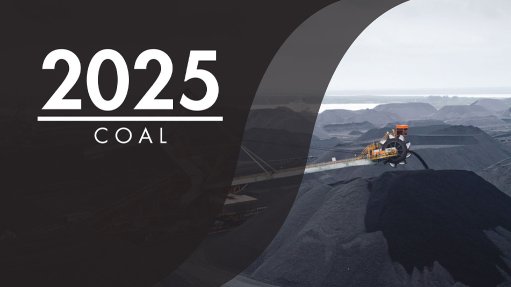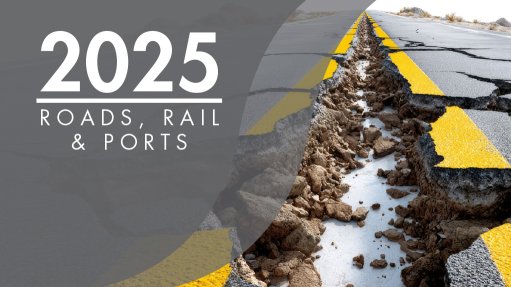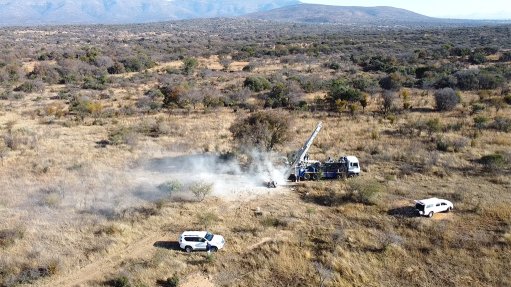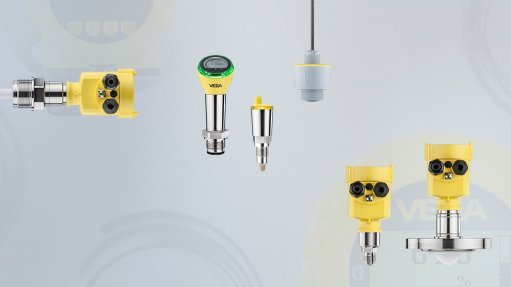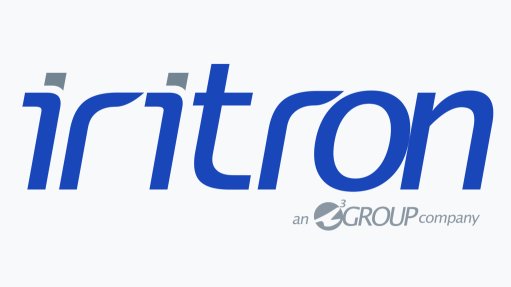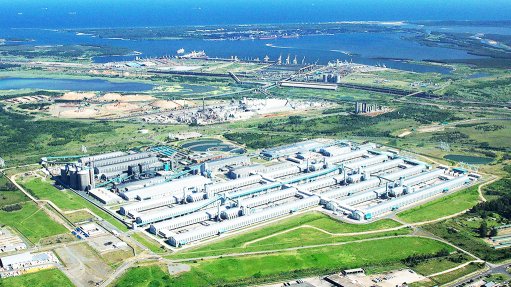Clean electricity accounts for 31% of Implats’ FY2025 power consumption


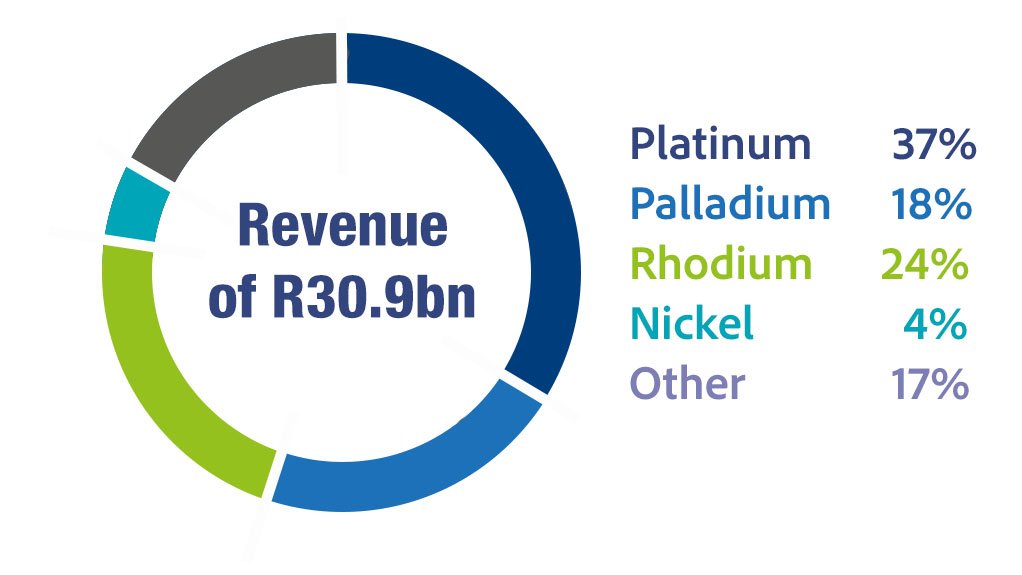

Implats chairperson Thandi Orleyn.
PGMs from Implats' flagship Impala mine.
Platinum jewellery.
JOHANNESBURG (miningweekly.com) – In financial year (FY) 2025, renewable and non-carbon-based electricity accounted for 31% of the total consumption of platinum group metals (PGMs) mining and refining company Implats, with market instruments contributing 16%.
Commissioning the first 35 MW of a planned 185 MW solar complex, with Phase 2A’s 45 MW receiving board approval, was Zimplats, the Implats group company in neighbouring Zimbabwe, while Impala Refineries in South Africa’s Gauteng province has signed a five-year renewable-energy agreement for the supply of up to 90% of its electricity needs from wind and solar, reducing Scope 2 emissions by 852 000 t CO2-equivalent and yielding cost savings.
While FY2025 was a year of resilience, reflection and recalibration, Implats chairperson Thandi Orleyn noted in this week’s annual integrated report that FY2026 had commenced positively, with improved performance across mining operations and stability across processing assets.
“Implats will continue to prioritise labour stability, constructive stakeholder engagement and community partnerships to support sustainable delivery,” Orleyn assured in the report covered by Mining Weekly.
The integrated PGMs producer closed the 12-month period with net cash of R8.1-billion and liquidity headroom of R19.7-billion, reflecting the ability of this Johannesburg Stock Exchange-listed company to adapt, respond and remain resilient in the face of global and domestic challenges.
Along with primary PGM production, the polymetallic orebodies mined by Implats co-produce base metals from operations in South Africa’s well-endowed Bushveld Complex, Zimbabwe’s Great Dyke and Canada’s Canadian Shield.
All the metals produced are fundamental building blocks in the global imperative to decarbonise.
Importantly, Implats promotes and advances PGM-based technologies. Through investments in global venture capital firm AP Ventures, it develops markets for key PGM applications such as in green hydrogen, hydrogen fuel cell mobility and green energy storage, along with advances in combined heat and power applications, distributed power generation, and portable energy solutions.
Interestingly, platinum gauzes are important for nitrous oxide (N2O) abatement programmes, as well as air and water purification systems, while secondary PGM-bearing catalysts can reduce up to 90% of the N2O emissions generated during fertiliser production.
Owing to their biocompatibility, durability, electrical conductivity and radiopacity, PGMs are in pacemakers, dental implants, catheters, and stents, amid platinum compounds being among the most used and active chemotherapy drugs deployed by oncologists.
In electronics, PGMs are in hard drives, circuitry, mobile phone components, and computers. They support memory and semiconductor applications, improve sensor performance, and contribute to clean energy systems that power AI-driven solutions.
These metals, hosted overwhelmingly in South Africa, also play a role in industrial acids, glass manufacturing, ceramics, and petroleum production, amid being used to make the crucibles for industrial processes.
With a rich history dating back to ancient times, platinum is continuing to feature prominently in bridal and fashion jewellery.
The global platinum jewellery market reported second-quarter growth with Platinum Guild International expressing strong commitment to supporting partners in major markets to reinforce platinum’s distinctive appeal.
SUSTAINABLE DEVELOPMENT
The environmental, social and governance aspirations of Implats are advanced by minimising environmental impact, supporting livelihoods and positive relationships beyond mining, and upholding ethical, transparent and accountable practices.
The objective of the group's mine community social performance framework is to create measurable and positive impacts across four key focus areas: community wellbeing, education and skills development, enterprise and supplier development and inclusive procurement, and resilient infrastructure development, with job creation a central, cross-cutting theme.
The environmental policy promotes minimising negative impacts on air quality, managing waste streams, and promoting responsible land management and biodiversity practices. The 2030 target of the company is to achieve 60% water recycling and reuse.
Over and above greenhouse-gas minimisation, the emission of sulphur dioxide and particulates from operations are also monitored and managed, as well as dust from tailings dams and stockpiles. N2O emissions associated with smelting, electricity consumption and diesel use are monitored and the 2030 target is to ensure air quality emissions are within legislated standards or South African legislated standards as a minimum.
Overall commitments are to operate within country-specific legal standards and strive towards international air quality standards. Projects and new mines are designed to eliminate air pollution from the start.
Regarding mine closure and rehabilitation, the 2030 targets are to rehabilitate 100% of all eligible land and obtain 100% alignment with the group closure and rehabilitation policy and guideline.
Regarding biodiversity, initiatives are under way to reduce the loss of biodiversity, habitats and ecosystems.
The goal is to be carbon neutral by 2050, with a 2030 target of reducing the carbon intensity by 30% from a 2019 baseline.
Shifts have been identified to elevate the group's innovation and technology profile, particularly in information technology and operational technology, capabilities seen as being critical to driving production efficiency while safeguarding against cyberthreats.
Implats' diversified mineral resource portfolio is described as predominantly low-cost and mechanised, supported by life-of-mine extensions through reserve growth and underpinned by well-capitalised processing assets that enable future cash generation.
Article Enquiry
Email Article
Save Article
Feedback
To advertise email advertising@creamermedia.co.za or click here
Press Office
Announcements
What's On
Subscribe to improve your user experience...
Option 1 (equivalent of R125 a month):
Receive a weekly copy of Creamer Media's Engineering News & Mining Weekly magazine
(print copy for those in South Africa and e-magazine for those outside of South Africa)
Receive daily email newsletters
Access to full search results
Access archive of magazine back copies
Access to Projects in Progress
Access to ONE Research Report of your choice in PDF format
Option 2 (equivalent of R375 a month):
All benefits from Option 1
PLUS
Access to Creamer Media's Research Channel Africa for ALL Research Reports, in PDF format, on various industrial and mining sectors
including Electricity; Water; Energy Transition; Hydrogen; Roads, Rail and Ports; Coal; Gold; Platinum; Battery Metals; etc.
Already a subscriber?
Forgotten your password?
Receive weekly copy of Creamer Media's Engineering News & Mining Weekly magazine (print copy for those in South Africa and e-magazine for those outside of South Africa)
➕
Recieve daily email newsletters
➕
Access to full search results
➕
Access archive of magazine back copies
➕
Access to Projects in Progress
➕
Access to ONE Research Report of your choice in PDF format
RESEARCH CHANNEL AFRICA
R4500 (equivalent of R375 a month)
SUBSCRIBEAll benefits from Option 1
➕
Access to Creamer Media's Research Channel Africa for ALL Research Reports on various industrial and mining sectors, in PDF format, including on:
Electricity
➕
Water
➕
Energy Transition
➕
Hydrogen
➕
Roads, Rail and Ports
➕
Coal
➕
Gold
➕
Platinum
➕
Battery Metals
➕
etc.
Receive all benefits from Option 1 or Option 2 delivered to numerous people at your company
➕
Multiple User names and Passwords for simultaneous log-ins
➕
Intranet integration access to all in your organisation







